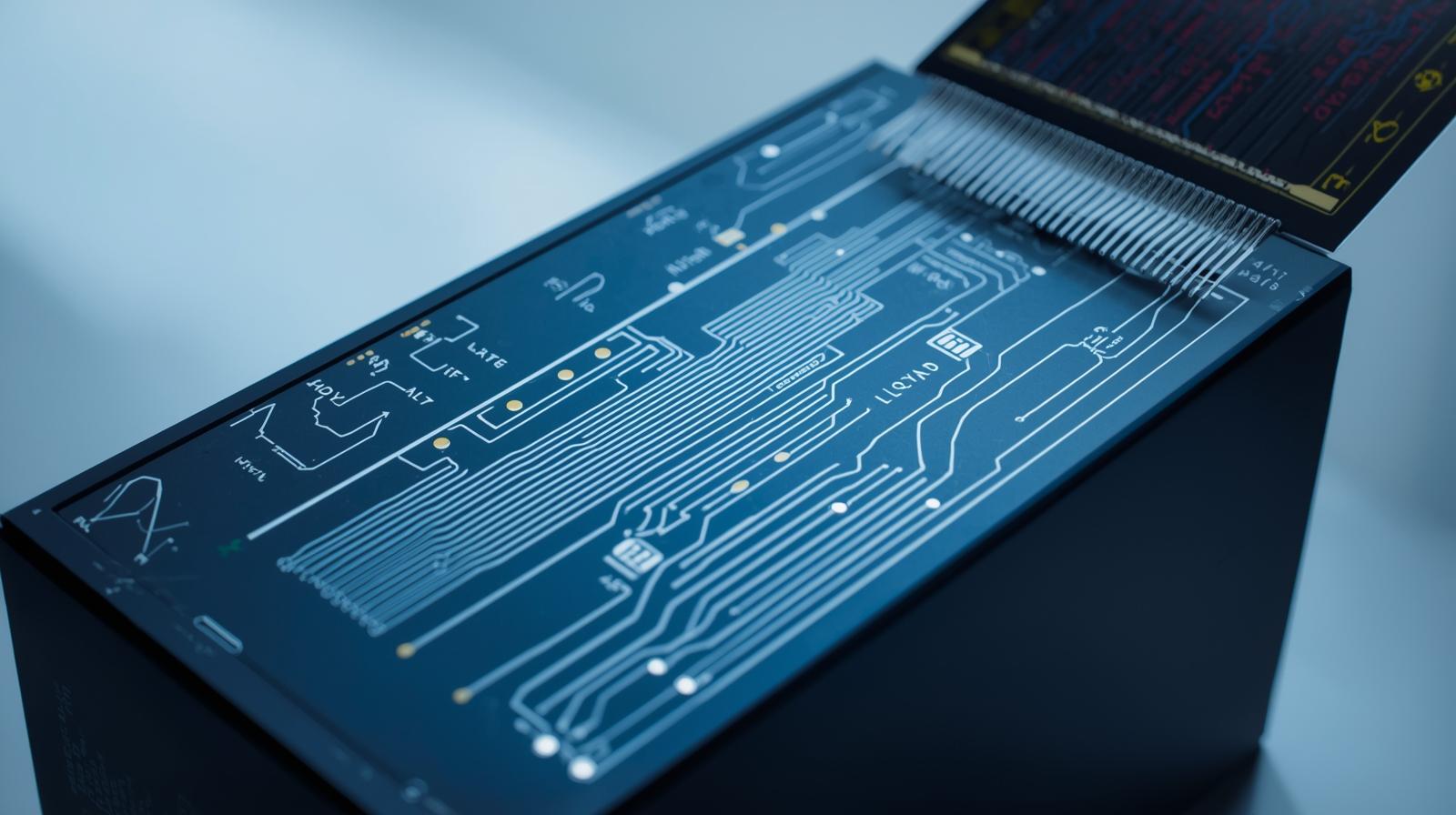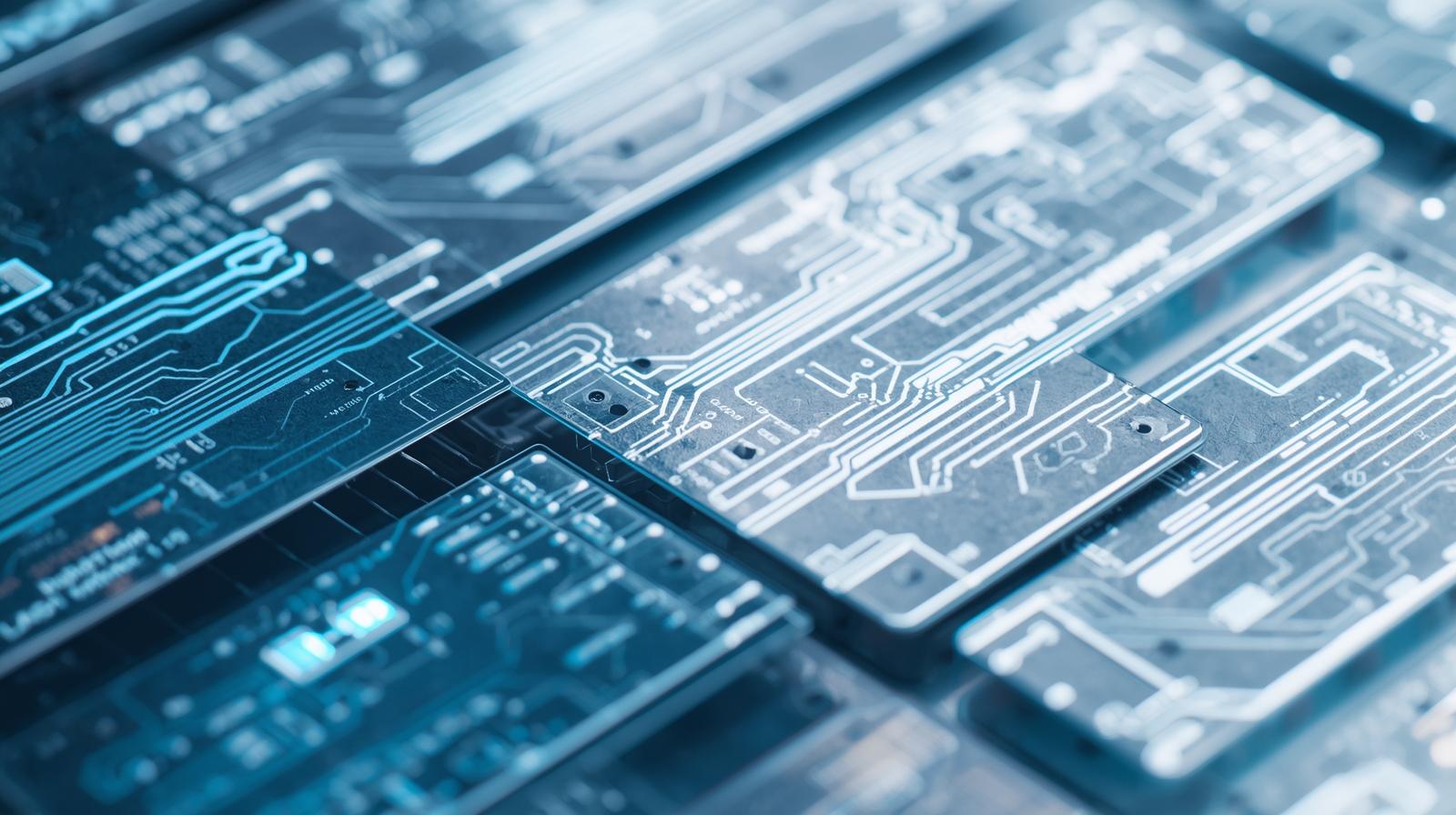Printed electronics represents a transformative shift in how we integrate technology into everyday items. This approach uses printing techniques to deposit conductive materials onto flexible substrates like paper or plastic. In the context of smart packaging, it enables features such as sensors and RFID tags that communicate vital information. The future of printed electronics in smart packaging promises enhanced traceability and interactivity for consumers. As industries seek efficiency, this technology aligns perfectly with demands for lightweight and affordable solutions. Researchers predict widespread adoption by 2030, driven by advancements in ink formulations. Overall, it paves the way for packaging that actively engages with users and supply chains.
Smart packaging goes beyond mere containment to become an intelligent system. It incorporates electronics to monitor conditions like temperature or humidity in real time. Printed electronics fits seamlessly here, allowing circuits to be embedded directly during manufacturing. This integration reduces costs compared to traditional assembly methods. The future of printed electronics in smart packaging will see these systems evolve into predictive tools for product freshness. Brands can leverage this for better inventory management and reduced waste. Ultimately, it fosters a more responsive ecosystem from production to disposal.

Understanding Printed Electronics Basics
Printed electronics relies on techniques similar to inkjet or screen printing but with conductive inks. These inks contain particles like silver or carbon that form circuits upon drying. Unlike rigid silicon chips, this method produces flexible and thin components ideal for curved surfaces. In smart packaging, such flexibility means electronics can conform to bottle shapes or foldable boxes without breaking. The process starts with substrate preparation, followed by layer by layer deposition of materials. Curing then solidifies the structure for functionality. This accessibility democratizes electronics for mass production in packaging lines.
Key materials include polymers for insulation and graphene for superior conductivity. Advances in these enable higher resolution prints down to micrometers. For smart packaging applications, biocompatibility ensures safe contact with food items. The future of printed electronics in smart packaging hinges on refining these materials for durability. Environmental factors like moisture resistance remain crucial for longevity. Printing speeds have improved, allowing integration into high volume runs. This evolution positions printed electronics as a cornerstone for next generation packaging.
The Rise of Smart Packaging
Smart packaging emerged from the need to bridge physical products with digital insights. It began with simple barcodes but now includes active elements like indicators for spoilage. Printed electronics accelerates this rise by enabling embedded intelligence at scale. Companies integrate it to track shipments via global networks. The future of printed electronics in smart packaging will amplify consumer trust through transparent data sharing. Retailers benefit from automated restocking based on real time shelf life readings. This synergy between packaging and IoT creates a connected supply chain.
Adoption rates are climbing, especially in pharmaceuticals where integrity verification is paramount. Food sectors use it to extend shelf life visibility, cutting down on returns. Printed versions cut material use by up to seventy percent over conventional methods. Sustainability drives further growth as recyclable substrates gain traction. The future of printed electronics in smart packaging includes seamless app integrations for user scans. This not only boosts engagement but also personalizes experiences like recipe suggestions. As a result, packaging transforms from passive to proactive.
Current Applications of Printed Electronics in Packaging
Today, printed electronics powers RFID tags that automate inventory in warehouses. These tags, printed on labels, scan without line of sight for faster throughput. In beverages, flexible sensors detect tampering or leaks instantly. Pharmaceutical packs use them to confirm authenticity against counterfeits. The future of printed electronics in smart packaging builds on these by adding multifunctionality. For instance, combined humidity and temperature monitors prevent spoilage in transit. Electronics printed directly on cardboard enable glowing indicators for promotions.
Interactive labels respond to smartphone proximity, revealing nutritional details or origins. In cosmetics, they track exposure to light ensuring product quality. Automotive parts packaging employs them for assembly verification. These applications demonstrate versatility across sectors. The future of printed electronics in smart packaging will expand to voice activated features via printed microphones. Early adopters report up to thirty percent efficiency gains in logistics. This foundation sets the stage for broader innovation.
Emerging Technologies Driving the Future
Inkjet printing evolves with nanoparticle formulations for finer details. Aerosol jet methods deposit layers without masks, ideal for prototypes. Roll to roll processing scales production for endless packaging webs. In the future of printed electronics in smart packaging, 3D printing adds depth for volumetric sensors. Graphene inks offer bendable antennas with superior signal range. Organic semiconductors enable low power displays on packs. These technologies converge to create self healing circuits that repair minor damages.
Machine learning optimizes print patterns for specific packaging needs. Hybrid systems combine printed with silicon elements for hybrid performance. The future of printed electronics in smart packaging incorporates blockchain for secure data logs. Quantum dot enhancements improve sensor sensitivity to trace gases. Flexible batteries printed alongside circuits power long term monitoring. This tech stack promises packaging that adapts to environmental cues autonomously.

Benefits for Industries and Consumers
Industries gain from cost reductions as printed electronics slashes assembly steps. Supply chains streamline with real time tracking, minimizing losses from delays. Consumers receive fresher products thanks to spoilage alerts via apps. Brands build loyalty through engaging, informative packaging experiences. The future of printed electronics in smart packaging enhances safety in food handling by flagging anomalies early. Retail operations speed up with automated checkouts using embedded tags. Environmental impact lessens as lightweight designs cut shipping emissions.
For users, personalized nutrition advice pops up on scans, aiding health choices. In medicine, dosage reminders prevent errors, improving adherence. Packaging becomes a storytelling tool, sharing brand narratives interactively. The future of printed electronics in smart packaging empowers eco conscious decisions with recyclability indicators. Workers in logistics face fewer errors, boosting job satisfaction. Overall, these benefits create a ripple effect of efficiency and trust.
- Reduced material waste through precise deposition techniques
- Enhanced product traceability from farm to table
- Interactive features that boost consumer engagement rates
- Lower energy consumption in manufacturing processes
- Scalable solutions for small businesses entering smart markets
Challenges and Solutions Ahead
Scalability poses issues as high volume printing demands uniform quality. Ink stability under heat or flexing can degrade performance over time. Integration with existing lines requires retrofitting investments. The future of printed electronics in smart packaging addresses these via standardized protocols. Material costs, though dropping, still lag behind silicon alternatives. Regulatory hurdles for food contact need clearer guidelines. Solutions include collaborative R and D for robust formulations.
Durability in harsh environments like freezing temps challenges adhesion. Solutions emerge from advanced encapsulation layers that shield circuits. Supply chain dependencies on rare earths in inks risk disruptions. The future of printed electronics in smart packaging promotes local sourcing of bio based alternatives. Testing protocols evolve to simulate real world stresses accurately. Intellectual property in designs sparks competition but fosters innovation. Overcoming these unlocks full potential.
- Ink formulation improvements for better conductivity
- Automated quality control in printing lines
- Partnerships for regulatory compliance
- Research into recyclable substrates
- Training programs for workforce adaptation
Market Projections and Growth
The printed electronics market eyes eighty three billion dollars by two thousand thirty four. This surge stems from RFID demand in packaging sectors. Asia Pacific leads with eighteen percent compound annual growth. Investments pour into startups refining conductive materials. The future of printed electronics in smart packaging fuels this via IoT synergies. Europe focuses on sustainable variants, aligning with green policies. North America excels in automotive integrations. These regional dynamics shape global trajectories.
Projections highlight retail packaging as a top segment, driven by e commerce booms. Venture capital targets flexible displays for premium goods. The future of printed electronics in smart packaging sees mergers accelerating tech transfers. Economic models predict job creation in printing expertise. Barriers like initial setup costs deter small firms, but subsidies help. Long term, this growth redefines packaging economics.
The global Printed Electronics Market size was estimated at USD 17.09 billion in 2024 and is predicted to increase from USD 19.46 billion in 2025 to approximately USD 39.85 billion in 2030, expanding at a CAGR of 15.4% from 2025 to 2030.
Download PDF Brochure for More Info @ https://www.marketsandmarkets.com/pdfdownloadNew.asp?id=197
Sustainability in Printed Electronics
Eco friendly inks from plant based sources reduce toxicity footprints. Recyclable substrates like cellulose enable circular economies. Printed electronics minimizes waste by avoiding etching processes. The future of printed electronics in smart packaging prioritizes biodegradable tags that dissolve harmlessly. Energy efficient printing cuts carbon during production. Lifecycle assessments guide designs for end of life ease. This aligns with global zero waste goals.
Consumer demand pushes brands toward green certifications for smart packs. Innovations like solar powered printed cells extend functionality without batteries. The future of printed electronics in smart packaging integrates carbon tracking sensors. Partnerships with recyclers ensure material recovery rates climb. Policy incentives reward sustainable adopters. Thus, environmental stewardship becomes a competitive edge.
The Road Ahead: Innovations to Watch
Nanotech infusions promise self powering sensors via ambient energy harvest. AI driven prints customize circuits per product profile. Augmented reality overlays on packs via printed markers enhance scans. The future of printed electronics in smart packaging explores haptic feedback for tactile alerts. Biotech hybrids detect allergens in real time. Quantum enhancements boost data encryption for secure chains. These frontiers redefine interaction paradigms.
Global standards for interoperability will unify ecosystems. The future of printed electronics in smart packaging anticipates urban farming integrations for fresh produce monitoring. Space age materials from aerospace trickle down for ultra durable tags. Ethical AI ensures data privacy in consumer apps. Prototypes already test voice guided unpacking for accessibility. This roadmap excites stakeholders with boundless possibilities.
The future of printed electronics in smart packaging heralds an era of intelligent, responsive systems. From cost savings to sustainability gains, its impacts ripple widely. Industries must invest in R and D to harness full potential. Consumers stand to benefit from safer, more informative products. As technologies mature, adoption barriers will fade. The future of printed electronics in smart packaging ultimately fosters innovation ecosystems. Embracing it now positions leaders for tomorrow’s market.
This journey underscores the blend of creativity and precision in tech evolution. Printed electronics not only enhances packaging but reimagines supply dynamics. Collaborative efforts will accelerate breakthroughs. The future of printed electronics in smart packaging invites all to participate in this smart revolution. Optimism prevails as prototypes turn to standards. In closing, it promises a world where packaging thinks ahead.
Explore In-Depth Semiconductor & Electronics Market Research:
https://www.marketsandmarkets.com/semiconductorand-electonics-market-research-87.html
FAQs
What is printed electronics in the context of smart packaging?
Printed electronics involves depositing conductive materials via printing methods onto flexible surfaces to create circuits. In smart packaging, it enables features like sensors and tags for monitoring and interaction, paving the way for the future of printed electronics in smart packaging.
What are the main challenges in adopting printed electronics for packaging?
Challenges include material durability, scalability, and costs, but solutions like advanced inks and automation address them for the future of printed electronics in smart packaging.
How does printed electronics promote sustainability in smart packaging?
It uses recyclable materials and reduces waste, enabling biodegradable tags that support eco friendly practices in the future of printed electronics in smart packaging.
What future innovations can we expect in smart packaging electronics?
Expect self healing circuits, AI customization, and energy harvesting sensors, transforming the future of printed electronics in smart packaging into interactive ecosystems.
See The Latest Semiconductor Reports:
Actuators Market Size, Share & Trends : https://www.marketsandmarkets.com/Market-Reports/global-actuators-market-59465451.html
Battery Technology Market Size, Share & Trends : https://www.marketsandmarkets.com/Market-Reports/battery-technology-market-253343109.html
Smart Appliances Market Size, Share & Trends : https://www.marketsandmarkets.com/Market-Reports/smart-appliances-market-8228252.html
Quantum Computing Market Size, Share & Trends: https://www.marketsandmarkets.com/Market-Reports/quantum-computing-market-144888301.html
Cold Chain Monitoring Market Size, Share & Trends : https://www.marketsandmarkets.com/Market-Reports/cold-chain-monitoring-market-161738480.html
Head-up Display (HUD) Market Size, Share & Trends : https://www.marketsandmarkets.com/Market-Reports/head-up-display-hud-market-684.html
